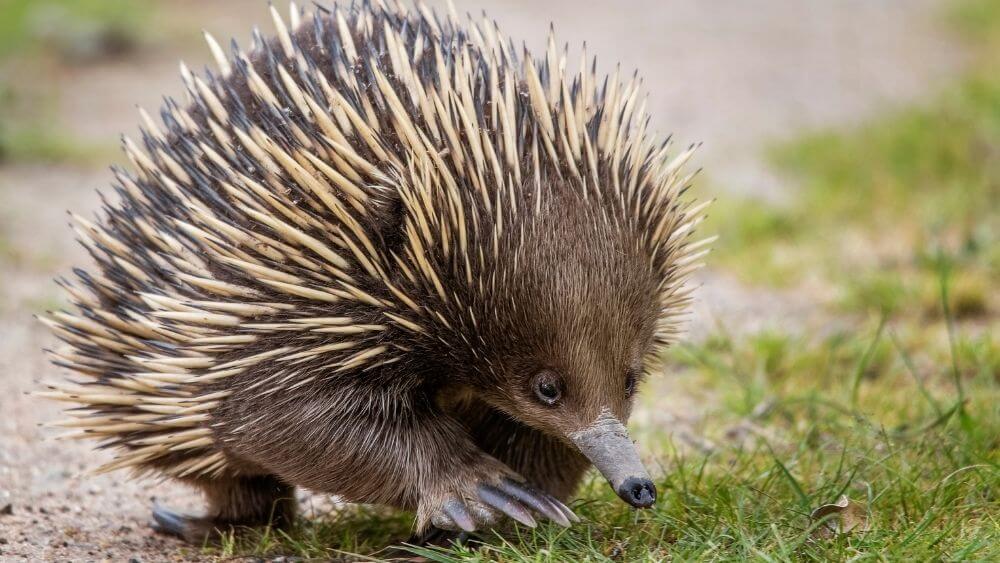Do mammals lay eggs?

Before going to the actual topic, let’s answer a simple question – who are mammals? What kind of animals are included under mammals? What are the identifying characteristics of mammals?
- The word mammal is derived from the Latin word mamma which means breast.
- Mammals are warm-blooded vertebrate animals that are included in the class Mammalia.
- Vertebrate animals are those animals that are subcategorized into the phylum Vertebrata group which basically refers to animals with a backbone.
- Warm-blooded animals are those animals that can regulate their body temperature according to their surrounding temperature and need to have a particular/fixed body temperature always.
Contents
Characteristics of Mammals:
- The defining characteristic of mammals is their ability to give birth to their young as opposed to laying eggs to give birth. The first characteristic of Mammalian animals is that the females of the Mammalian group have a gland called the mammary gland which is responsible for the secretion of milk for feeding their young.
- Another characteristic of mammals is the presence of a part of the brain called the neocortex, the presence of fur or hair and the presence of three middle ear bones.
- Human beings are the most important example of Mammals.
Even though all mammals are known to give birth to their young ones, there are exceptions. A few animals are known to lay eggs despite being mammals.
- The duck-billed platypus and echidna are two mammals that are known to lay eggs.
- These kinds of species are called monotremes.
- All the species of egg-laying mammals are native to Australia.
Fun Facts:
- Egg-laying mammals are said to have no teeth, they grind their food by the use of their bony palate.
- The echidna has a spine around its whole body so as to protect it from attack.
- There are in total only five species of egg-laying mammals. Among those are the platypus and echidna, four species belong to the echidna group bringing the total to five.
Related Questions:
- Give the characteristic features of mammals.
- Write in detail about the platypus.
- Why do mammals have mammary glands?
True or False:
- Mammals are cold-blooded animals.
- Warm-blooded animals are those who can regulate their body temperature according to the surrounding temperature.
- Mammals do not have any backbone.
- The three bones of the ear are characteristic of mammalian animals.
- All mammals give birth to their young ones.
Objective Quiz:
- The word mammal is derived from ______.
- Mamma.
- Mamal.
- Mimal.
- Mala.
- Mammals belong to the subdivision of _______.
- Phylum Vertebrata.
- Phylum Porifera.
- Phylum Nemertea.
- Phylum Rotifera.
- The females of the mammalian group have a specialized gland called _____.
- Mammary gland.
- Memory gland.
- Milk gland.
- Manary gland.
- Mammals are known to give birth to______.
- Young ones.
- Lay eggs.
- Not give birth.
- None of the above.
- Mammals laying eggs are known as _______.
- Monotremes.
- Mesotremes.
- Microtomes.
- Minitremes.






Responses